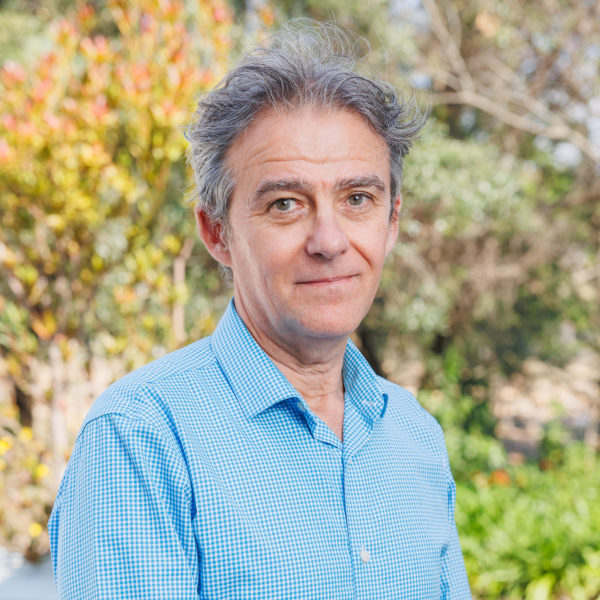Obesity is a medical condition defined as the excessive accumulation of fat that presents a risk to health. Worldwide obesity has doubled since 1980. In 2008, over half billion people were obese. Health hazards associated with obesity include heart disease, diabetes, and cancer. Lifestyle modifications are the most straightforward way to control weight. However, a large portion of the population may not be able to rely on this modality alone. The development of anti-obesity therapeutics represents a major unmet medical need.
ALK7 is a receptor molecule that is highly abundant in rodent and human adipose tissue. Recent studies from our group using genetically engineered mice have demonstrated that ALK7 links nutrient overload and catecholamine resistance in adipose tissue. Modulation of ALK7 signaling may offer an alternative approach to regulate catecholamine sensitivity selectively in adipose tissue. Strategies to suppress ALK7 signaling may therefore be beneficial to combat human obesity.
Research at STIAS will be undertaken to determine the next steps that need to be taken in this field in order to translate these findings to human obesity and develop next generation anti-obesity therapeutics based on suppression of ALK7 function.

